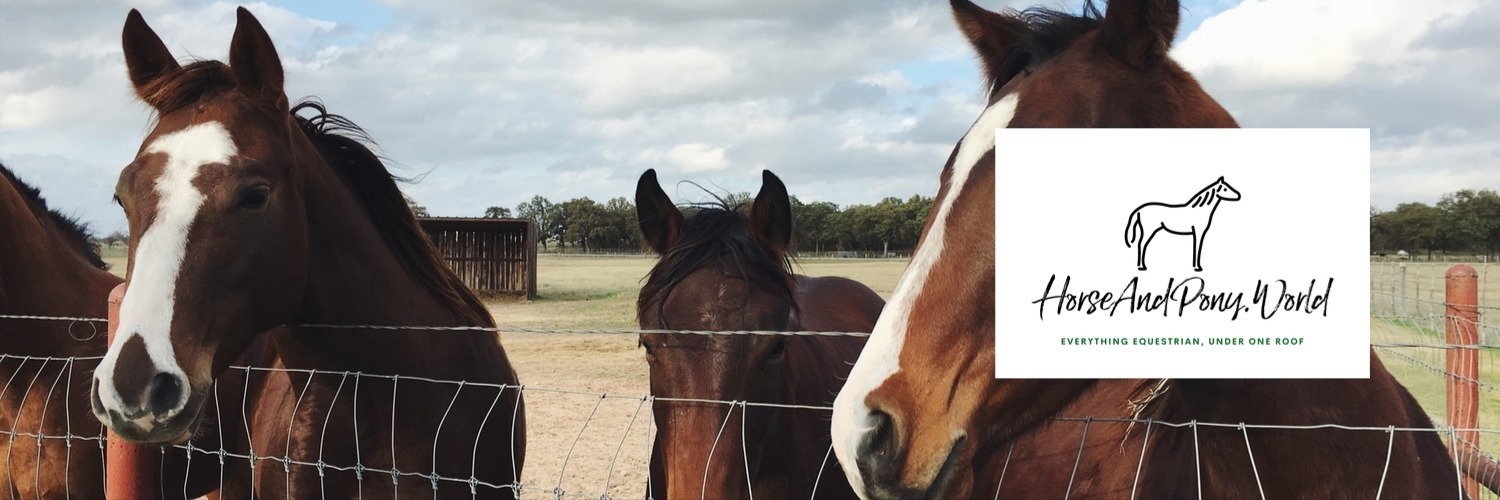
5 Ways to Improve Your Jumping Technique
Whether you’re a seasoned jumper or just starting out in the world of show jumping, refining your technique is key to staying safe and achieving success. Jumping is all about rhythm, balance, and precision — for both horse and rider. Here are five practical tips to help you improve your jumping technique and boost your confidence in the saddle.
1. Focus on Your Approach
A successful jump begins long before you leave the ground. Your approach is crucial in setting up the horse for a smooth, controlled leap. Here’s how to improve it:
Plan Your Path: Look ahead and establish a straight line to the jump, avoiding any last-minute turns or corrections.
Maintain Rhythm: Keep your horse at a consistent, balanced pace—too fast or too slow can lead to a poorly executed jump.
Stay Calm and Relaxed: Keep your hands steady and legs engaged but not overly tense. Your horse will feel any anxiety or stiffness, so try to remain fluid in your movements.
Pro Tip: Practice counting your horse’s strides on the approach to the jump. Knowing how many strides your horse takes can help you regulate the distance and ensure a smoother takeoff.
2. Master the Two-Point Position
The two-point position is your foundation for a successful jump. Getting into the correct posture will give your horse the freedom to jump smoothly while keeping you balanced.
Seat and Legs: Stand slightly in the stirrups while maintaining your heels down. Your knees should be bent but firm, acting as a secure anchor.
Upper Body: Lean forward slightly, but don’t overdo it—your back should be flat, not hunched. Keep your head up and eyes looking ahead.
Hands: Keep your hands soft and in contact with the reins, but avoid pulling back. Let your hands follow the motion of your horse’s head as it rises and falls over the jump.
Practice Drill: Work on your two-point position over poles on the ground or small crossrails before advancing to higher jumps. Building muscle memory will improve your balance during more challenging courses.
3. Stay Balanced in the Air
Once you’re airborne, your balance and posture are essential to ensuring a smooth jump and safe landing. Follow these steps:
Don’t Rush the Release: Your automatic instinct may be to throw your hands forward as soon as your horse starts to jump, but the key is a smooth, controlled release. Aim for a “crest release” by sliding your hands forward slightly, following your horse’s movement.
Core Engagement: Keep your core engaged to maintain stability and prevent your upper body from flopping forward.
Hip Angle: Allow your hips to open slightly as your horse jumps, following the arc of the motion without forcing it.
Remember, a balanced rider allows the horse to jump freely without any interference.
4. Work on Your Landings
Perfecting your landing technique is just as important as the takeoff and mid-air form. Here’s how to land correctly:
Land with Your Heels Down: As you descend, make sure your heels remain pressed downward. This keeps you secure in the saddle and absorbs the shock of landing.
Sit Up Slowly: Don’t rush back to an upright position. Let your horse finish the jump completely, then gradually rise back to the normal riding position.
Maintain Rhythm Post-Jump: After landing, immediately resume a balanced pace and focus on the next jump. Don’t lose momentum or control.
Pro Tip: Practice landing over small jumps and focus on maintaining your position afterward. Developing consistency in landing is crucial for smooth courses.
5. Practice Grids and Gymnastics
Grids and gymnastic exercises are some of the best tools for improving jumping technique. These exercises help build both horse and rider’s confidence, rhythm, and coordination.
What Are Grids? A grid is a series of small jumps set up in succession, allowing your horse to maintain a natural rhythm while you work on your position.
Why Gymnastics Work: These exercises teach both horse and rider to stay balanced and composed over multiple jumps in a row.
Example Drill: Set up a line of poles leading up to small jumps spaced equally apart. Focus on keeping your horse at a steady pace and maintaining your form throughout the exercise. The repetition will help you fine-tune your technique.
Final Thoughts
Improving your jumping technique takes time, patience, and practice. By focusing on your approach, mastering the two-point position, staying balanced in the air, nailing your landings, and incorporating grids and gymnastic exercises into your routine, you’ll see significant improvements. Stay consistent, and don’t forget to work closely with a trainer who can provide feedback and help you continue developing.
Happy jumping!
#HorseJumping
#ShowJumping
#Equestrian
#EquestrianLife
#EquestrianSport
#HorseRiding
#JumpingHorse
#ShowJumper
#HorsesOfInstagram
#EquestrianLifestyle
#JumpingCompetition
#ShowJumpingCompetition
#HorseShow
#Eventing
#JumpOff
#EquestrianEvent
#JumpingTraining
#EquestrianTraining
#HorseJumpTraining
#JumpingLessons
#FlatworkToJumpwork
#HorseRider
#EquestrianStyle
#RiderLife
#JumpingGoals
#EquestrianGoals

Leave your comment
You must be logged in to post a comment.